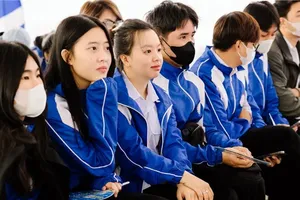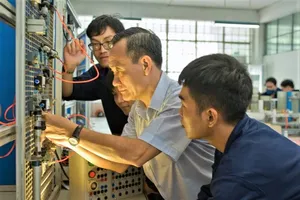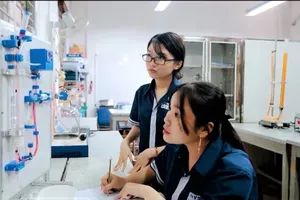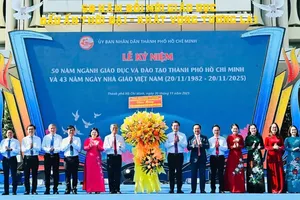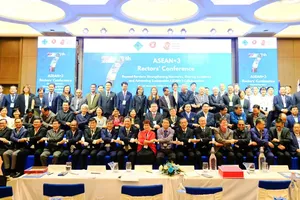
The draft education law positions vocational education squarely within the national education system, encompassing vocational high schools and colleges that provide training at the elementary, intermediate, and college levels.
The legislation formally replaces the concept of an “intermediate school” with that of a “vocational high school”, establishing it as a distinct level in the national framework. Under this model, vocational high schools will integrate general academic knowledge with vocational competencies.
After completing grade 9, students will have three pathways, namely traditional high school, vocational high school leading to an elementary certificate, or vocational high school for an intermediate certificate. This approach aims to equip students with both foundational academic knowledge and practical job skills.
Education experts view this as a progressive move that enhances the prestige and value of vocational education while helping to resolve the long-standing issue of discrimination between vocational and academic track students.
“Previously, students with an intermediate-level degree also received a certificate for completing the general education program, which was considered 'equivalent' to a high school diploma”, explained Vice President Hong Thi Thanh Thuy of HCMC Vocational College. “However, when graduates presented this certificate to apply for jobs, some agencies and businesses refused to accept it. Our school later pivoted to collaborating with continuing education centers to help students earn an official high school diploma instead.”
Vice President Mai Hoang Loc of Nguyen Tat Thanh Intermediate School shared similar concerns, noting that graduates with intermediate degrees often face hurdles when seeking employment or pursuing higher education. Despite the school issuing a certificate of completion for the general education program, state agencies still demand an official high school diploma.
Clearly, individual schools’ proactive efforts are insufficient if systemic policy “bottlenecks” remain. Dr. Le Lam, President of Dai Viet Saigon College, confirmed that even when his school provides a certificate for completing a four-subject general-educational program, many employers and universities still mandate a full high school diploma.
Assoc. Prof. Dr. Bui Van Hong of the Institute for Technical Education at HCMC University of Technology and Education called discrimination against vocational graduates a persistent problem. Highlighting the growing role of AI in workforce training, he urged for updates to the Education and Vocational Education Laws to include regulations managing its use and called for integrating AI competency into teacher standards.
Critically, he stressed that the amended Education Law must explicitly define the new “vocational high school” degree to prevent the same ambiguity that currently plagues the “9+” training system (a parallel track combining continuing education with intermediate vocational training).
President Nguyen Tung Lam of HCMC Construction College suggests merging intermediate and college programs into a single “technician” level. He argues the critical condition is making this new degree legally identical – not just “equivalent” – to a high school diploma, which would end discrimination in hiring and university admissions.
He stressed that “equivalent” is a subjective term left to employers. To break a decades-long cycle of ambiguity, he insists the new system must be clear, transparent, and standardized from the start.
Dr. Dang Minh Su, former Head of the Vocational Education Department at the HCMC Department of Labor, Invalids and Social Affairs, supports legally establishing the “vocational high school” program. He emphasized the need to clarify vocational education’s role in the national system, with clear distinctions and seamless pathways for students to transition between educational levels.
Vice Chairman Tran Anh Tuan of the HCMC Vocational Education Association proposed consolidating the various vocational and continuing education centers into a single, unified “vocational high school” system.
“The current overlapping structures create bureaucratic complexities in tuition and management policies”, he explained. “A unified system would be easier for the public to understand and access. Ultimately, the name of the degree is less important than ensuring the law guarantees graduates a clear path to higher education.”
Five key policies in the amended vocational education law
The Ministry of Education and Training has indicated that, in conjunction with the amended Education Law, the revised Vocational Education Law will institutionalize five key policies:
- Establish the “vocational high school” program, integrating foundational high school knowledge with professional skills;
- Strengthen career guidance and student-streaming initiatives;
- Develop a streamlined and effective network of vocational education institutions;
- Expand the participation of various institutions in vocational education and develop high-quality regional training hubs;
- Refine the organizational structure and enhance the governance of vocational education institutions.
